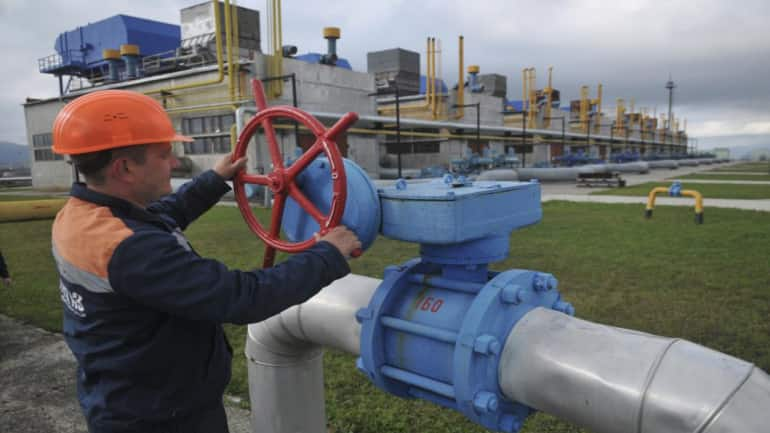ONGC, Oil India stand to gain from new gas price mechanism: Analysts

The new regime, administered price mechanism (APM), reflects the adoption of some of the key recommendations made by the Kirit Parikh Panel, set to decide the deregulation of gas prices in India.
The domestic gas price mechanism unveiled by the government last week is likely to be beneficial for upstream companies such as Oil and Natural Gas Corporation Ltd (ONGC) and Oil India Ltd (OIL), according to analysts.
The new regime, administered price mechanism (APM), reflects the adoption of some of the key recommendations made by the Kirit Parikh Panel, set to decide the deregulation of gas prices in India.
The domestic gas pricing will be linked with the imported crude pricing and would be at 10 percent of the Indian crude basket. It will be revised on a monthly basis.
Catch all the market action on our live blog
The formula for the new gas pricing mechanism will include a floor and ceiling at $4 and $6.5. The ceiling will be kept in force for the next two years.
“The new mechanism is positive for ONGC/OIL as the floor price is higher than their cost of production, vis-à-vis selling gas at much lower realization than the production cost for a long time in the older regime,” Motilal Oswal Financial Services said in a report.
At 10.24am, the ONGC stock was 2.9 percent higher at Rs 155.05 per share from the previous close on the BSE. The stock price of OIL was at Rs 255.45 apiece, up 0.8 percent on the BSE.
Experts also said that the new gas pricing mechanism is a significant positive for producers as it removes a multi-decade overhang on long-term returns.
The provision for a 20 percent premium over the APM price for gas produced from new wells or interventions in existing wells will further incentivise ONGC and OIL to make additional investments to increase production from ageing legacy fields, analysts said.
ONGC and OIL had been petitioning the government for a floor price over the past few years as they were selling gas at a loss when prices sustained below the cost of production.
According to the government, the earlier system based on these gas hubs had a significant time lag and high volatility and, therefore, “the need for this rationalisation and reform was felt”.
Over the last three years, the stock of ONGC has given a return of nearly 100 percent. However, in the last one year, it shed nearly 10 percent.
Disclaimer: The views and investment tips expressed by experts on Moneycontrol are their own and not those of the website or its management. Moneycontrol advises users to check with certified experts before taking any investment decisions.









